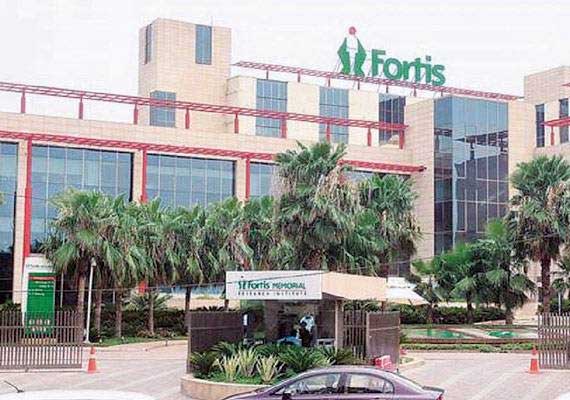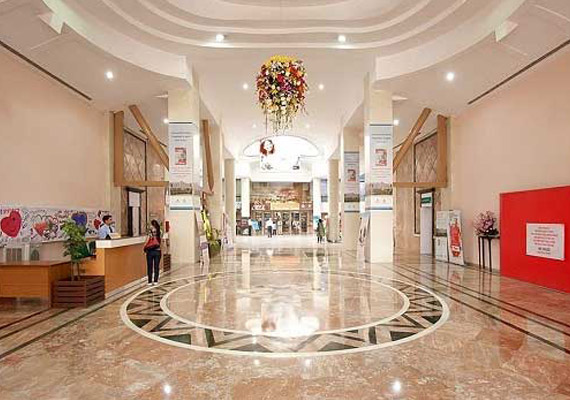Coronary Angiogram Treatment in India
treatment
starting from
Introduction:
Welcome to our enlightening journey into the realm of modern medical marvels! In this blog, we embark on a captivating exploration of the coronary angiogram, an exceptional diagnostic tool that has revolutionized cardiology and transformed the way we detect and treat coronary artery disease (CAD). This captivating procedure empowers medical professionals to peer into the intricacies of the human heart, unraveling mysteries, and saving lives. So, fasten your seatbelts as we dive into the world of coronary angiograms, unraveling its significance, procedure, and groundbreaking impact on cardiac healthcare.
Unraveling the Significance of Coronary Angiogram:
The human heart, with its intricate network of blood vessels, plays the role of a life-giving powerhouse. However, this vital organ is susceptible to a range of maladies, with coronary artery disease topping the list. Understanding the significance of coronary angiograms is crucial in comprehending the impact they have had on modern cardiology.
In this section, we delve into the importance of coronary angiograms in diagnosing CAD, enabling medical professionals to visualize blood flow, identify blockages, and assess the severity of arterial obstructions. Furthermore, we shed light on how early detection through angiography has led to improved outcomes, preventing life-threatening events such as heart attacks and offering patients a better quality of life.
The Intriguing Procedure:
Behind the veil of every medical procedure lies a fascinating process, and coronary angiograms are no exception. In this segment, we take you on a step-by-step journey through the captivating world of angiography.
Starting from the patient's arrival at the catheterization lab to the insertion of a slender catheter into the coronary arteries, we demystify the procedure while highlighting its non-invasive nature. Furthermore, we explain the ingenious use of contrast dye and X-ray imaging to capture real-time visuals of the coronary arteries in action, uncovering any potential roadblocks to blood flow.
Innovations that Shaped the Field:
The world of medicine is propelled by innovation, and the realm of coronary angiograms is no different. In this section, we pay tribute to the trailblazing innovations and advancements that have elevated the accuracy and safety of angiography.
From the advent of digital subtraction angiography (DSA) to the integration of cutting-edge imaging technologies like intravascular ultrasound (IVUS) and optical coherence tomography (OCT), we explore how these breakthroughs have revolutionized the way cardiologists diagnose and treat CAD.
Empowering Precision Treatment:
The transformational power of coronary angiograms lies not only in their diagnostic prowess but also in their potential to guide precise and minimally invasive treatments. In this part, we delve into the role of angiograms in guiding therapeutic interventions, such as angioplasty and stent placement, allowing medical professionals to open narrowed arteries and restore blood flow.
We also explore how the combination of angiography with advanced techniques like fractional flow reserve (FFR) and intracoronary imaging has paved the way for personalized treatment plans, optimizing patient outcomes with remarkable precision.
Conclusion:
In conclusion, the coronary angiogram stands as a beacon of hope in the landscape of cardiac care, shining brightly as a life-saving diagnostic and therapeutic tool. Its impact on modern medicine cannot be overstated, as it continues to empower medical professionals worldwide in their tireless efforts to combat coronary artery disease and preserve the essence of life itself.
As we conclude our enthralling journey into the heart of coronary angiograms, let us marvel at the wonders of modern medicine and the endless possibilities it holds for a healthier, happier future. With each passing day, new horizons beckon, promising ever-greater advancements in the field of cardiology, all thanks to the remarkable coronary angiogram.
How It Works
Need help in organizing medical travel to India?














